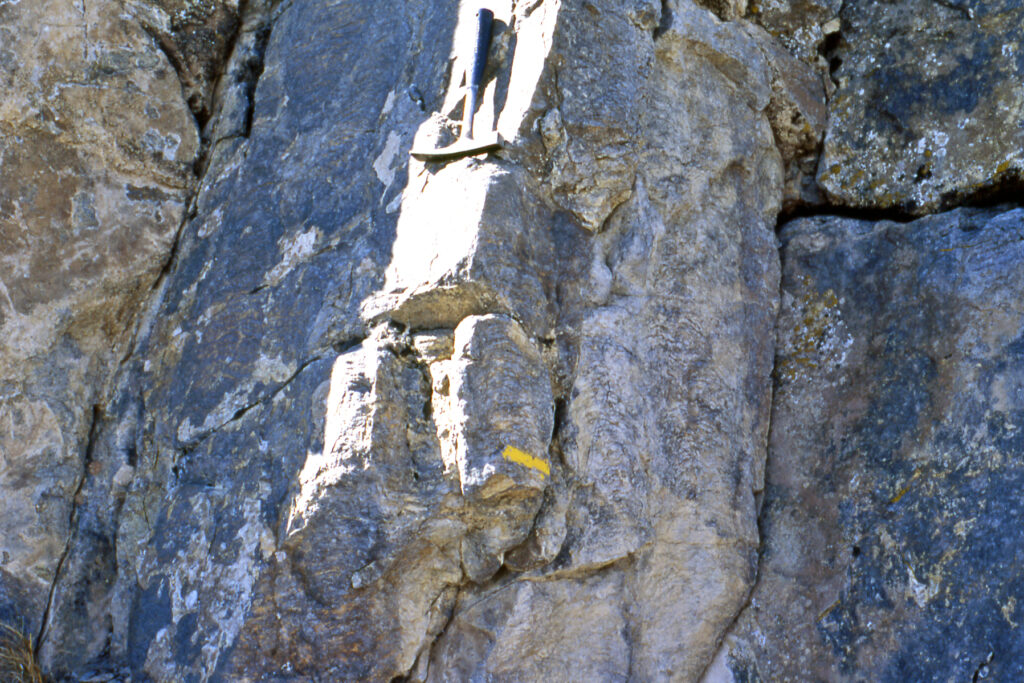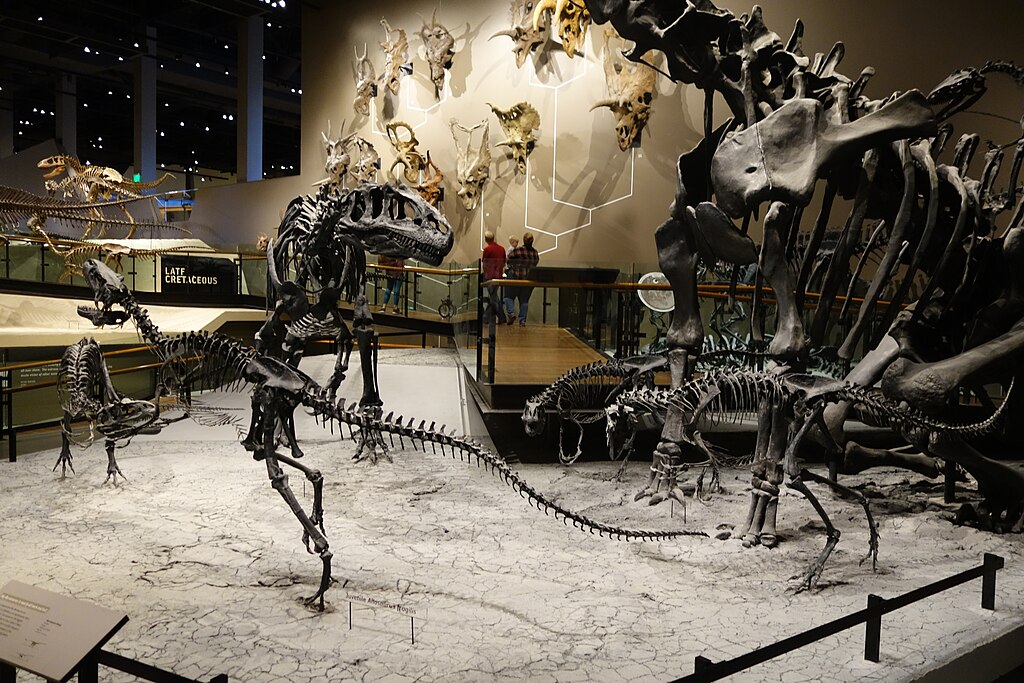In the realm of paleontology, discoveries occasionally emerge that challenge established taxonomic frameworks and force scientists to reconsider evolutionary pathways. One such enigmatic find is the fossil informally known as “the claw that shouldn’t exist” – a peculiar specimen that defied immediate classification and sparked intense debate among researchers worldwide. This remarkable fossil represents one of those pivotal moments in science when established knowledge confronts an anomaly that doesn’t neatly fit into existing categories, prompting new questions about prehistoric life and evolutionary relationships.
The Unexpected Discovery

The story begins in the early 1990s in the limestone formations of southern China’s Yunnan Province, an area already famous for yielding exceptionally preserved fossils from the Cambrian period. During a routine excavation, paleontologists unearthed what initially appeared to be an unremarkable collection of marine invertebrate fossils. Among these specimens was a distinctive claw-like appendage measuring approximately 8 centimeters in length, bearing serrated edges and an unusual articulation point. The fossil’s preservation quality was extraordinary, revealing fine details of its structure that would prove crucial for later analysis. What made this discovery particularly striking was not just the claw’s morphology, but its stratigraphic position in rock layers dating to approximately 518 million years ago – a time when such advanced appendages were thought not to exist.
Initial Classification Attempts
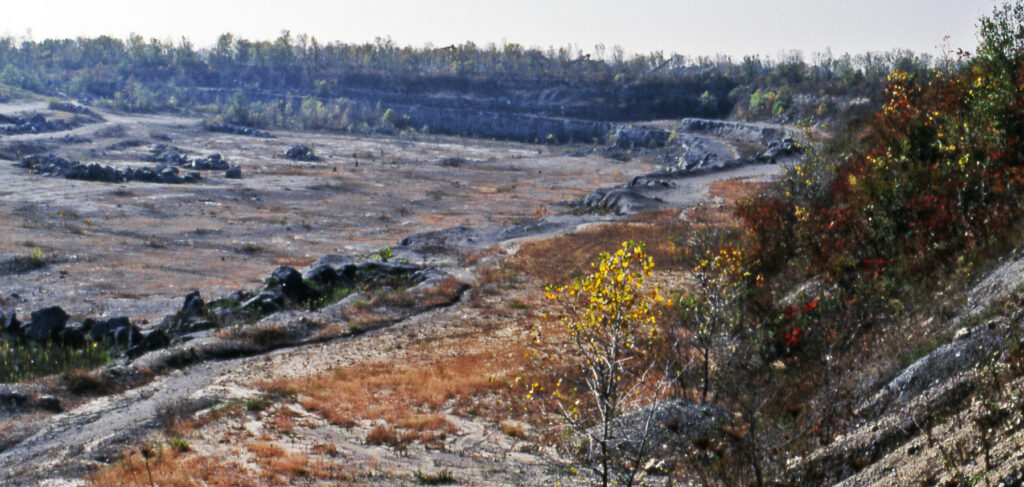
When the fossil first reached laboratory settings, researchers immediately attempted to classify it within known taxonomic groups. The initial hypothesis placed it among anomalocaridids, fearsome predators of the Cambrian seas that possessed distinctive frontal appendages for capturing prey. However, detailed microscopic examination revealed structural features inconsistent with this classification, including a unique joint configuration and cuticular patterns that had no clear analogues among known Cambrian fauna. Other experts suggested potential arthropod affinities, pointing to similarities with certain crustacean claws, but the specimen lacked other diagnostic features that would confirm such placement. This classification conundrum was unprecedented – the fossil possessed a mosaic of characteristics that seemed to span multiple animal groups, yet belonged definitively to none of them.
Anatomical Peculiarities
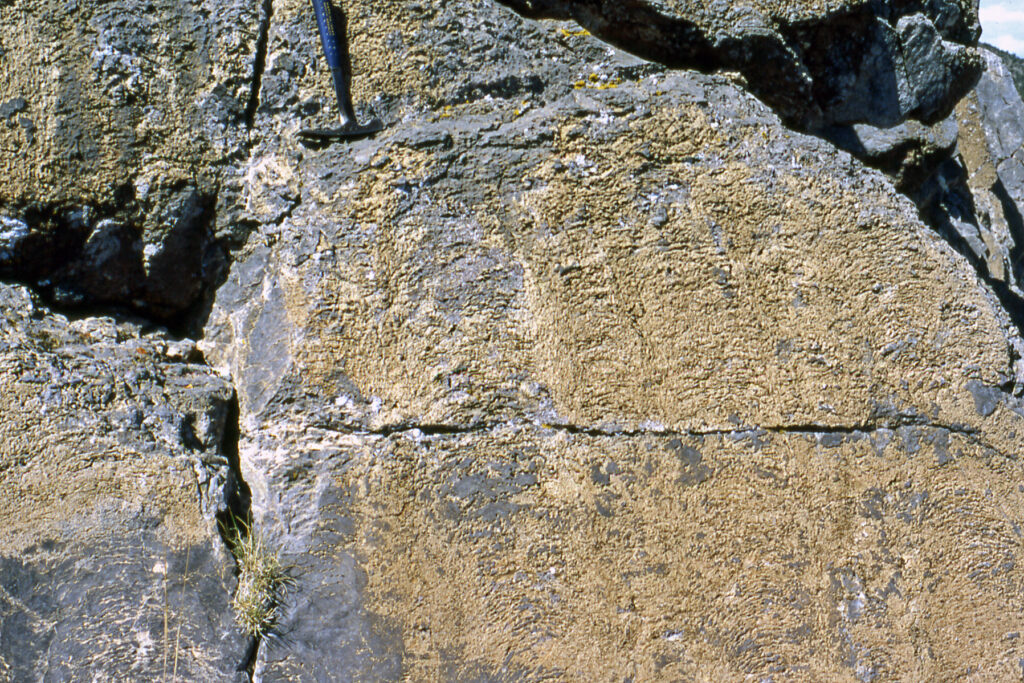
The claw’s most puzzling aspects lay in its anatomical details, which defied conventional evolutionary timelines. Scanning electron microscopy revealed a sophisticated musculature attachment system typically associated with much later evolutionary developments. The inner surface displayed a series of ridge-like structures that suggested advanced biomechanical capabilities, allowing for both powerful grasping and precise manipulation – features not typically seen in organisms from this period. Furthermore, the cuticle composition showed traces of calcium carbonate reinforcement alongside chitin, representing a hybrid structure that confused researchers familiar with Cambrian exoskeletons. Perhaps most perplexing was the presence of sensory pits along the inner margin, indicating sophisticated neural connectivity and sensory capability far beyond what was expected for creatures of this antiquity.
The Chronological Paradox

Dating methods consistently placed the fossil within Early Cambrian deposits, creating what scientists termed a “chronological paradox.” The evolutionary sophistication displayed by the claw suggested it should belong to a much later period, perhaps even the Devonian or Carboniferous eras that followed millions of years later. Multiple radiometric dating techniques confirmed the Early Cambrian age of the surrounding rock matrix, eliminating the possibility of stratigraphic misplacement or contamination from younger layers. This temporal incongruity forced paleontologists to consider uncomfortable possibilities: either their understanding of appendage evolution was fundamentally flawed, or this represented an example of convergent evolution so precise that it produced structures millions of years before they should have appeared. Some researchers even questioned whether the specimen represented an evolutionary “dead end” – a sophisticated adaptation that emerged briefly but left no descendants in the fossil record.
Competing Theories Emerge
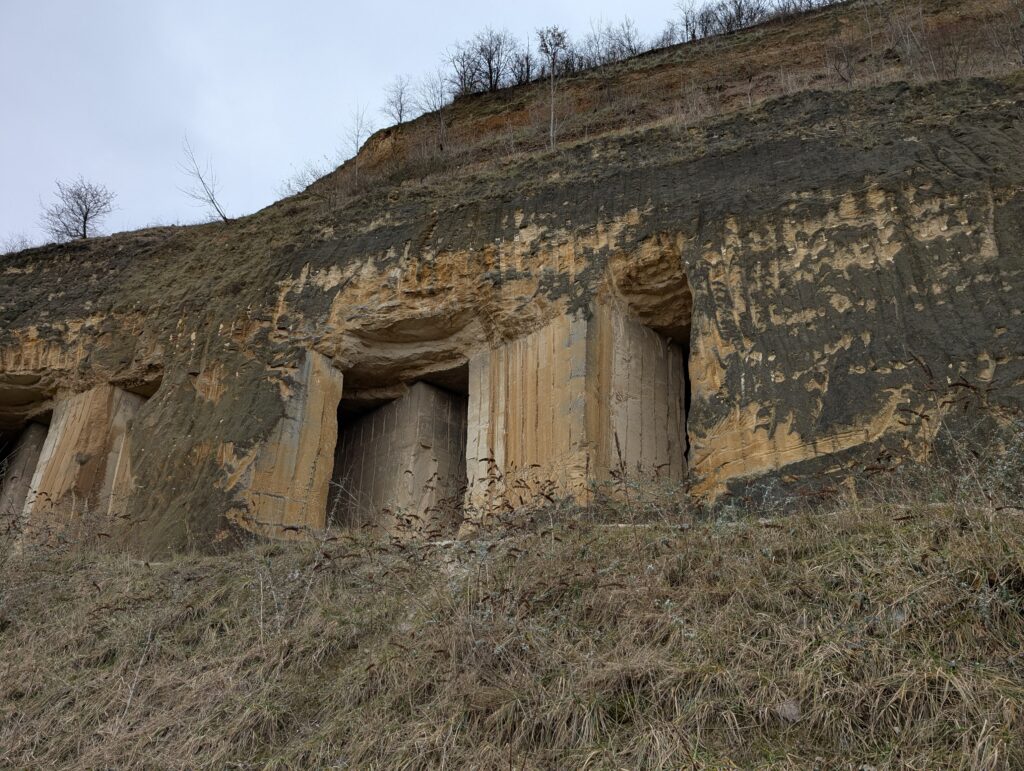
As news of the unclassifiable claw spread through scientific circles, competing explanatory theories proliferated. The “missing link” hypothesis proposed that the specimen represented a transitional form between primitive Cambrian organisms and more advanced arthropod lineages, potentially filling a significant gap in evolutionary understanding. Contrasting this was the “parallel evolution” theory, which suggested the claw belonged to an entirely separate lineage that evolved similar structures independently but left no other trace in the fossil record. More controversial was the “evolutionary leapfrog” hypothesis, proposing that certain environmental pressures in isolated ecosystems could accelerate morphological adaptations, creating seemingly anachronistic features. A small minority even suggested the possibility of a hoax or fossil forgery, though detailed provenance records and multiple expert examinations eventually dismissed this notion.
The Molecular Analysis Breakthrough
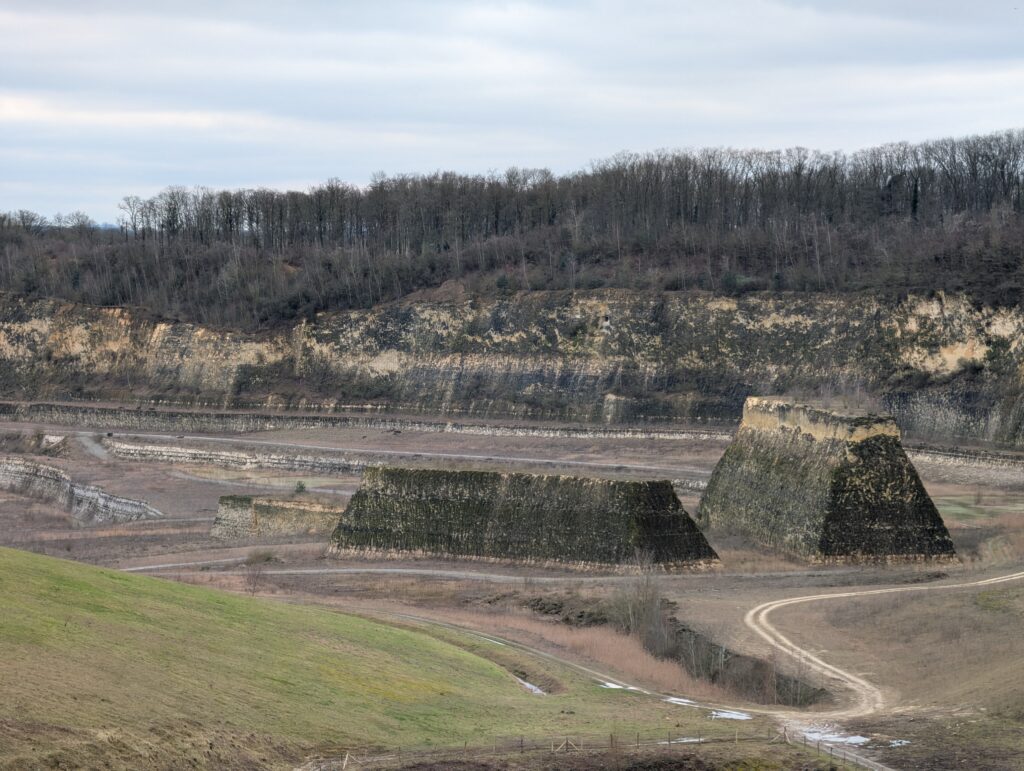
A significant advancement came in 2008 when new molecular analysis techniques allowed researchers to examine trace biochemical signatures preserved within the fossilized material. Using mass spectrometry and advanced protein sequencing methods, scientists identified amino acid fragments that provided the first concrete clues to the organism’s true affinities. The analysis revealed peptide sequences showing surprising similarities to both chelicerates (the group including spiders and scorpions) and certain crustacean lineages, suggesting a previously unknown common ancestor or evolutionary branch point. This molecular evidence proved transformative, as it demonstrated that the claw likely belonged to a stem-group arthropod – an early branch on the evolutionary tree that preceded the divergence of major arthropod lineages. The biochemical findings supported the idea that complex appendages may have evolved earlier than previously thought, though the specimen’s specific adaptations remained uniquely advanced for its time.
The Environmental Context
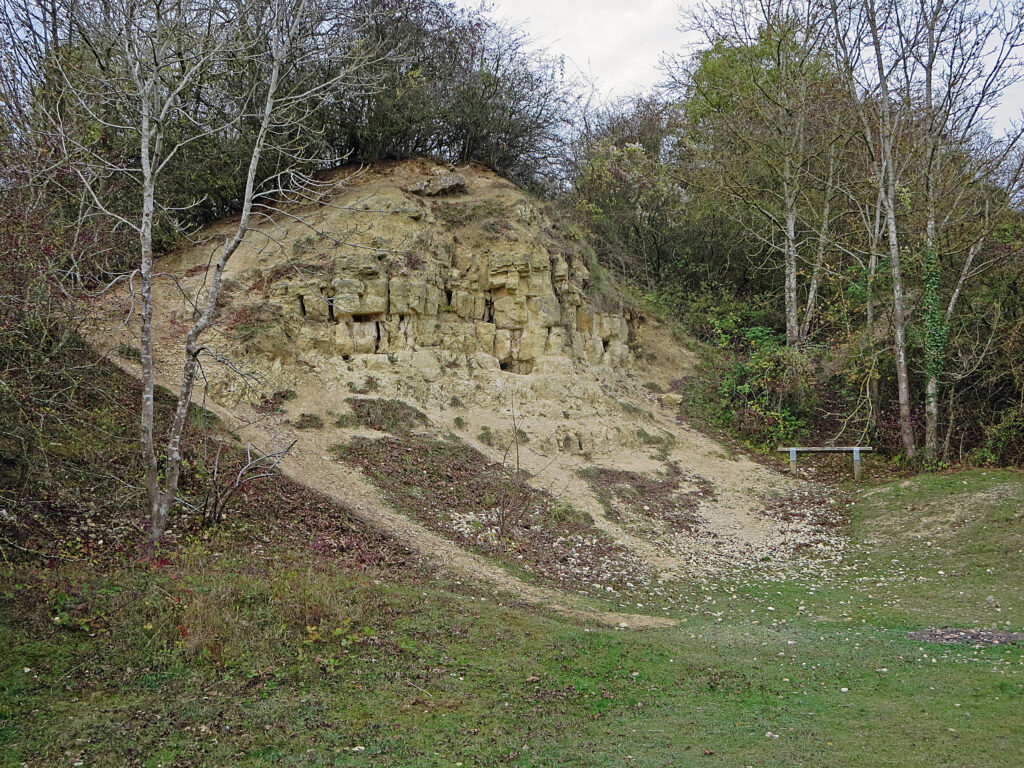
Understanding the environmental context in which this organism lived became crucial for interpreting its unusual features. Paleoenvironmental reconstruction of the Yunnan deposits indicated a shallow marine setting rich in nutrient influx, creating diverse ecological niches that might have driven specialized adaptations. Microfossil evidence from the same strata revealed an abundance of small shelled organisms and soft-bodied creatures that could have served as potential prey items. The presence of ripple marks and sedimentary features suggested periodic storm disturbances, potentially creating selection pressures for organisms with superior grasping abilities to maintain position during turbulent conditions. Analysis of trace element concentrations in the surrounding matrix also indicated slightly higher than average oxygen levels for Cambrian seas, potentially supporting more metabolically demanding adaptations like advanced musculature and neural systems required for sophisticated appendage function.
Implications for Evolutionary Theory
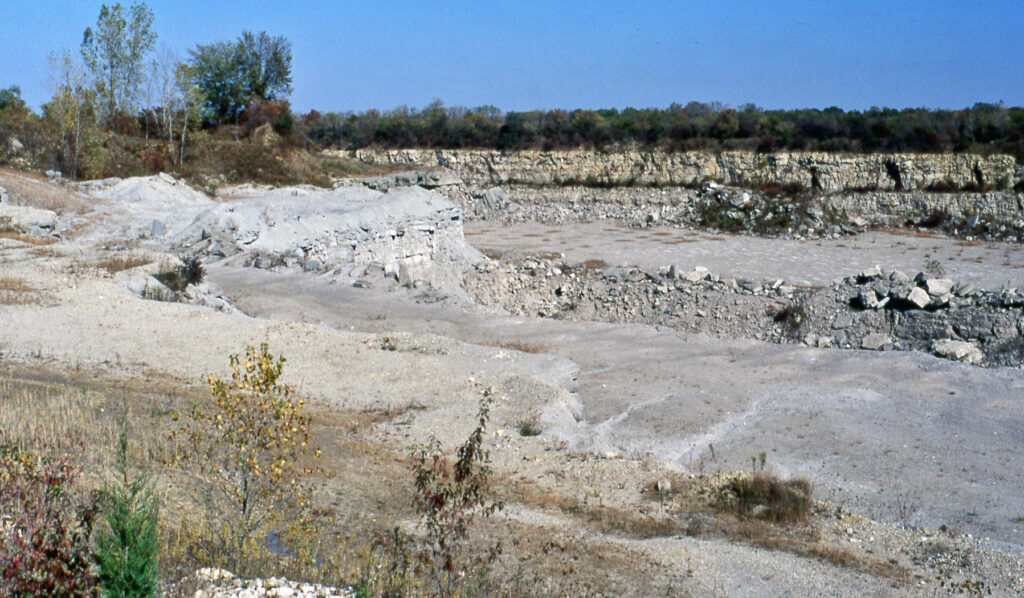
The claw fossil challenged fundamental aspects of evolutionary theory, particularly regarding the pace and pattern of morphological innovation. Traditional models of gradual evolutionary change struggled to account for the apparent advanced specialization of this appendage without clear antecedents or descendants. Some evolutionary biologists proposed that the specimen provided evidence for punctuated equilibrium – the theory that evolutionary change occurs in rapid bursts followed by long periods of stasis. Others suggested it demonstrated the concept of mosaic evolution, where different body parts evolve at different rates depending on selective pressures. The discovery reinforced the incompleteness of the fossil record, highlighting how rare preservation events occasionally reveal organisms that existed outside our current understanding of evolutionary progression. Perhaps most significantly, it emphasized that evolution is not a linear process with predictable outcomes, but rather a complex, branching phenomenon full of unexpected developments and evolutionary experiments.
Comparative Studies with Other Enigmatic Fossils
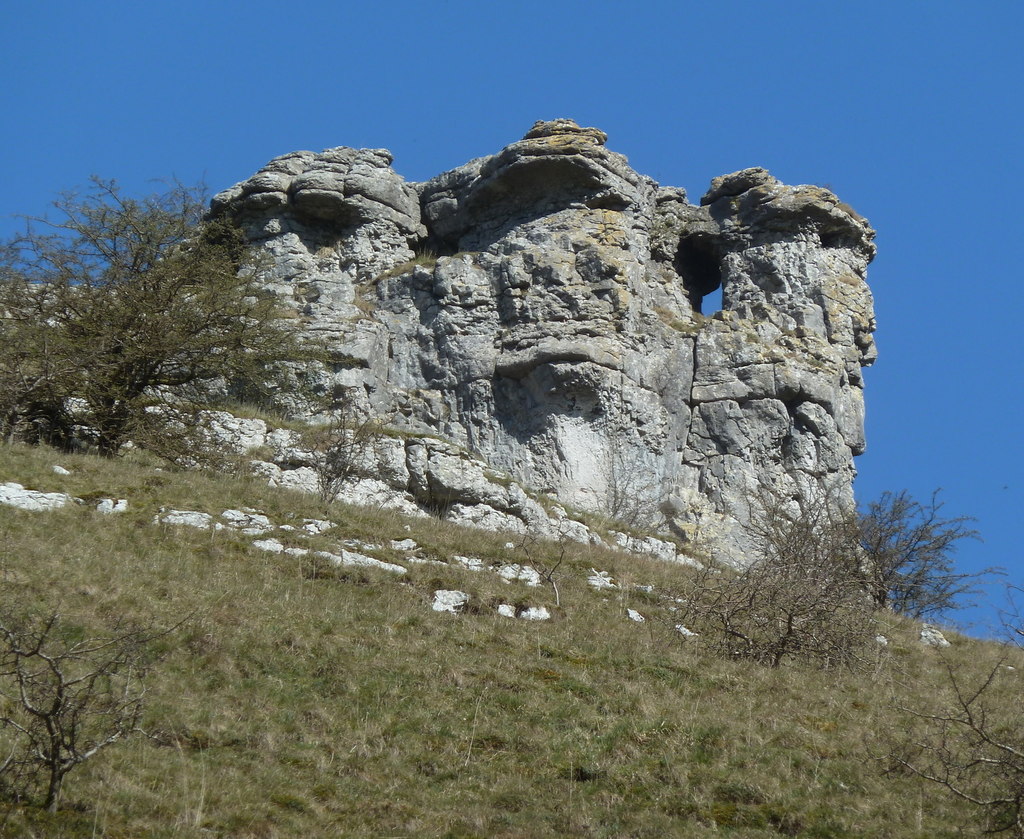
Researchers began comparing the claw to other puzzling fossil specimens that had similarly defied easy classification. Parallels were drawn to the Tully Monster (Tullimonstrum gregarium), a bizarre Carboniferous creature that remains taxonomically controversial despite decades of study. Similarities were also noted with certain Burgess Shale organisms like Opabinia and Anomalocaris, which represented body plans with no modern analogues. These comparative studies revealed a pattern of “problematic taxa” throughout the fossil record – organisms that occupied unique evolutionary positions or represented short-lived experimental body plans. The claw joined this collection of paleontological puzzles that serve as important reminders of life’s incredible diversity beyond the lineages that survived to the present. Some paleontologists suggested establishing a new category specifically for such taxonomically challenging specimens, acknowledging their importance despite their resistance to conventional classification.
The 3D Reconstruction Revolution

Advanced imaging techniques revolutionized the understanding of the enigmatic claw in the 2010s. Using high-resolution X-ray microtomography, researchers created detailed three-dimensional models revealing internal structures previously hidden from view. These reconstructions uncovered an intricate hydraulic channel system running through the appendage, suggesting a sophisticated mechanism for extending and retracting the claw tips with considerable force and precision. Computer simulations based on these models demonstrated remarkable grasping capabilities, with estimated pinching force comparable to modern mantis shrimp, renowned for their powerful striking appendages. The biomechanical efficiency revealed through these reconstructions highlighted just how advanced the structure truly was, combining strength, mobility, and sensory awareness in ways that would have made it an exceptionally effective predatory tool. The 3D modeling also enabled more accurate comparisons with other fossil and modern arthropod appendages, further emphasizing its unique evolutionary position.
Naming the Unclassifiable

After years of debate, researchers finally reached sufficient consensus to formally name and describe the organism in a 2016 publication. The creature was designated Enigmachela paradoxa, with the genus name combining the Greek “enigma” (mystery) and “chela” (claw), while the species name “paradoxa” acknowledged its paradoxical nature. The formal description placed it tentatively within the taxon-group Arthropoda but acknowledged its mosaic characteristics that prevented more precise classification. This taxonomic designation represented a compromise, recognizing both its arthropod affinities and its unique evolutionary position. The naming process itself sparked philosophical discussions about how taxonomy should handle organisms that don’t fit neatly into established categories, with some advocating for more flexible classification systems that could better accommodate evolutionary outliers and transitional forms. The publication included the important caveat that future discoveries might necessitate taxonomic revision as understanding of early arthropod evolution continues to develop.
The Search for More Specimens
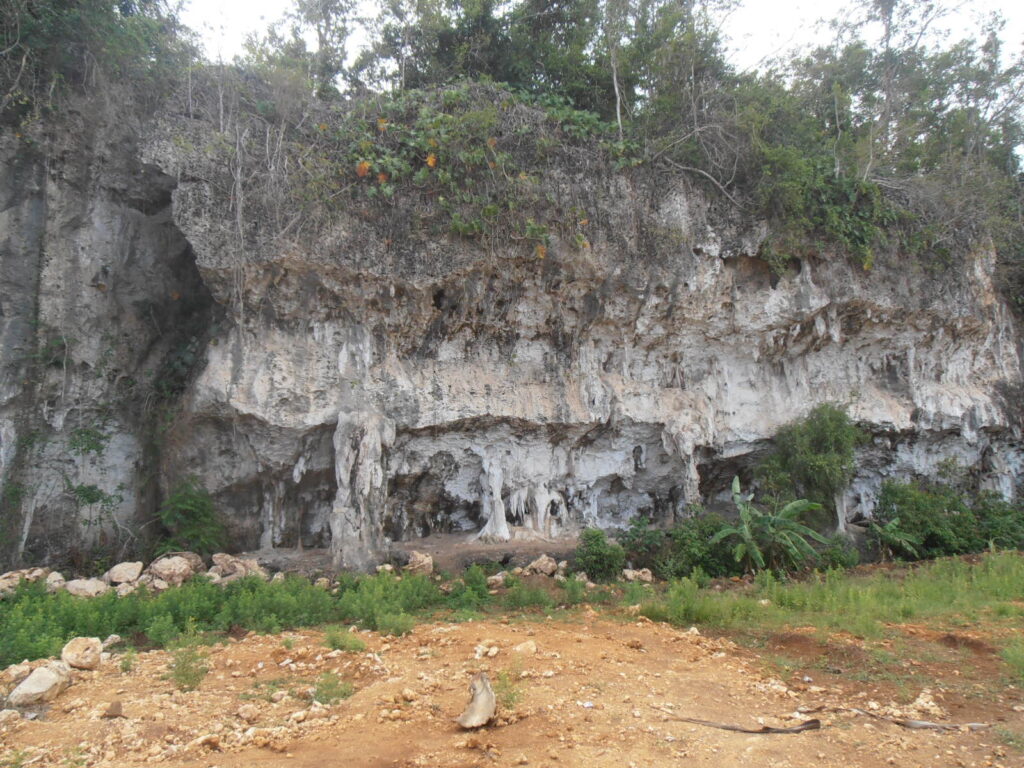
Following the formal description, paleontologists launched targeted expeditions to the Yunnan formation, hoping to discover more complete specimens of Enigmachela. These efforts involved meticulous excavation of additional rock layers from the same stratigraphic level, employing advanced techniques including ground-penetrating radar to identify promising fossil concentrations before excavation. Between 2017 and 2020, these expeditions yielded fragmentary evidence of similar structures in three separate locations within the formation, though none preserved as completely as the original specimen. Most tantalizing was the discovery of what appeared to be a partial body segment connected to a similar appendage, suggesting a segmented body plan consistent with arthropod affinities. However, the incompleteness of these new findings left many questions unanswered, particularly regarding the complete body morphology and ecological role of the organism. The continued rarity of specimens reinforced the hypothesis that Enigmachela may have been a specialized, low-abundance predator rather than a common element of the Cambrian ecosystem.
Current Understanding and Future Research

Current scientific consensus places Enigmachela as a highly specialized early arthropod that evolved advanced appendage structures convergently with later arthropod groups. Its discovery has prompted reconsideration of early arthropod diversity and the timing of key evolutionary innovations in appendage development. Ongoing research includes attempts to extract and sequence preserved proteins that might clarify its evolutionary relationships, as well as detailed comparisons with newly discovered Cambrian fossils from sites in Canada, Greenland, and Australia. Paleontologists continue searching for more complete specimens that might reveal the full body plan and provide context for how these remarkable appendages functioned within the complete organism. The case of Enigmachela demonstrates how single exceptional fossils can transform understanding of evolutionary history, challenging assumptions and opening new research pathways. It stands as a reminder that despite centuries of paleontological investigation, the fossil record still holds surprises capable of reshaping our understanding of life’s ancient past.
Conclusion
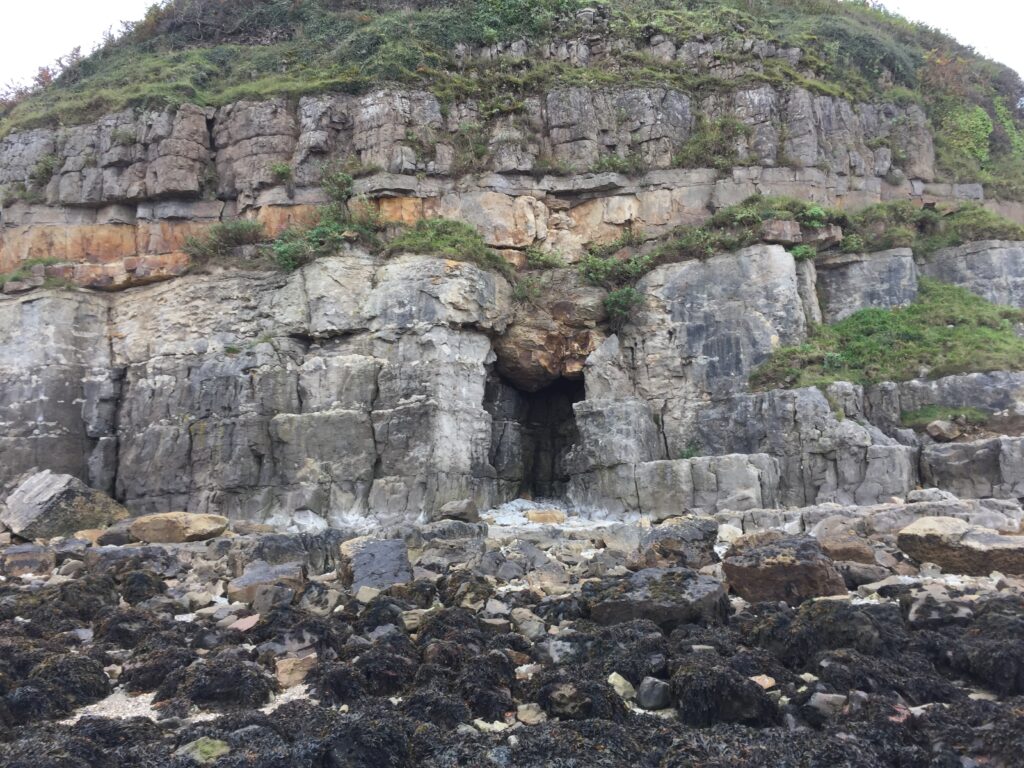
The enigmatic fossil known as “the claw that shouldn’t exist” reminds us that nature’s evolutionary experiments are far more diverse and complex than our classifications can neatly contain. From its unexpected discovery in Chinese limestone to its formal recognition as Enigmachela paradoxa, this remarkable specimen has challenged assumptions, sparked new research directions, and expanded our understanding of early arthropod evolution. As technology advances and more specimens potentially emerge, we may yet solve the remaining mysteries surrounding this paleontological puzzle. What remains certain is that Enigmachela stands as a powerful testament to the value of anomalous fossils – those specimens that don’t fit our preconceptions but ultimately drive science forward by forcing us to reconsider what we thought we knew about the history of life on Earth.

